Digital technologies for UK productivity, smarter innovation and economic growth
The Hartree Centre helps UK businesses and organisations of any size to explore and adopt supercomputing, data science and artificial intelligence (AI) technologies for enhanced productivity, smarter innovation and economic growth. Backed by significant UK government funding and strategic partnerships with industry leaders such as IBM, Atos and the University of Liverpool, the Hartree Centre is home to some of the most advanced digital technologies and experts in the UK.
Our experts collaborate with industry and the research community to explore the latest technologies, upskill teams, and apply practical digital solutions to individual and industry-wide challenges for societal and economic benefit.
The Hartree Centre is part of the Science and Technology Facilities Council (STFC) – one of Europe’s largest multi-disciplinary scientific research organisations – within UK Research and Innovation, building on a wealth of established scientific heritage and a network of international expertise.
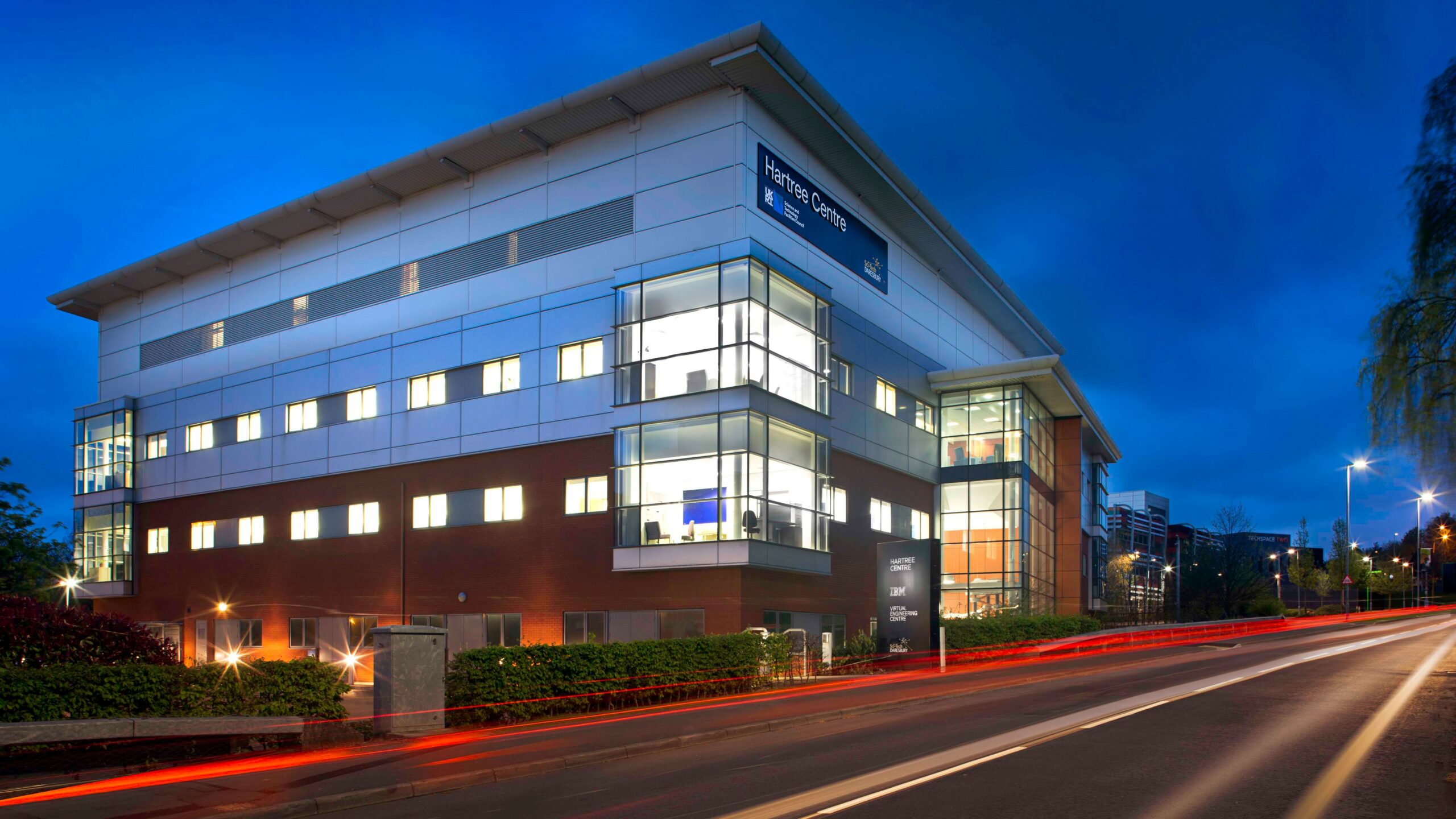
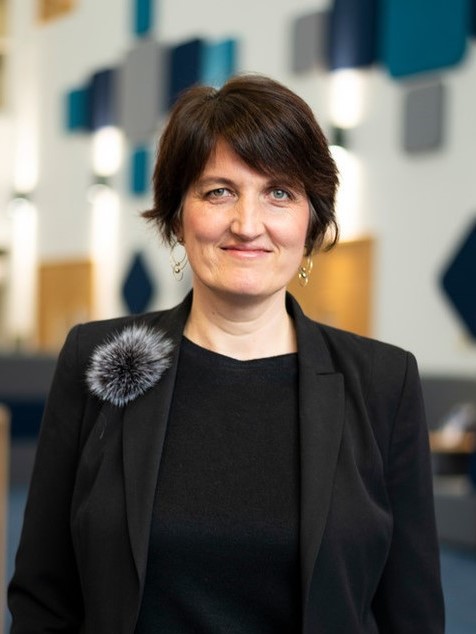
Kate Royse | Director
Professor Katherine Royse joined the Hartree Centre as Director in April 2022. She works with the Directorate to determine the strategic direction of the centre in enabling UK industry to adopt advanced digital technologies for enhanced productivity, smarter innovation and economic growth.
Prior to her current role, Kate was the Chief Digital Officer at the British Geological Survey. Her 24 year career at BGS has taken her from traditional field mapping to a focus on the development of novel digital techniques to gain insight and added value from BGS data assets. In 2017, she was recognised by the PraxisUnico Research Council UK Impact Awards for her novel approach to innovation and commercialisation of geoscience information. In 2021, she was awarded a Digital Leaders 100 award as local national champion in recognition of her leadership in digital transformation in the Midlands.
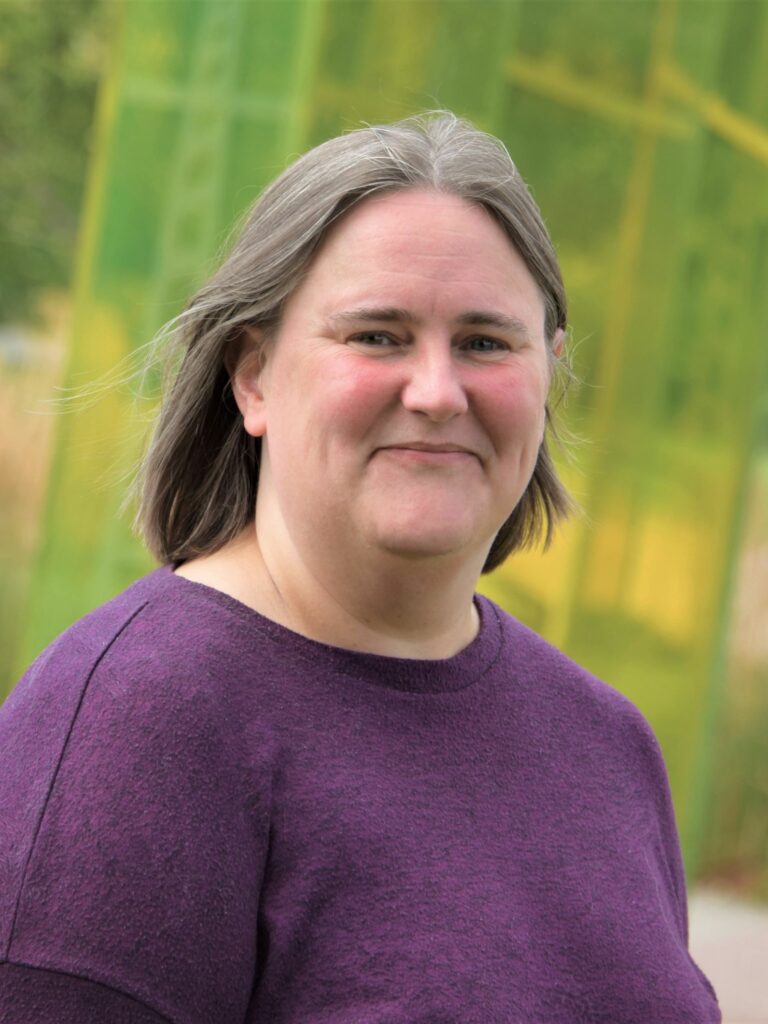
Clair Donaldson | Associate Director for Operations
Clair Donaldson leads the Hartree Centre’s Professional Services team, including Programme and Project Management, Stakeholder Engagement, Training, Administration, Impact and Communications alongside Digital Assets and Technical Relationships. Clair brings over 20 years’ experience to the role, with an extensive knowledge of leading operational activities across a wide range of private and public sector organisations.
Clair’s passion lies in helping organisations to develop, grow and deliver on their objectives by combining people management, best practice processes and the appropriate technology to truly deliver operational excellence. In doing so, her aim is to enhance employee engagement and productivity, whilst embedding sustainable business growth and demonstrating true impact across our portfolio of work.
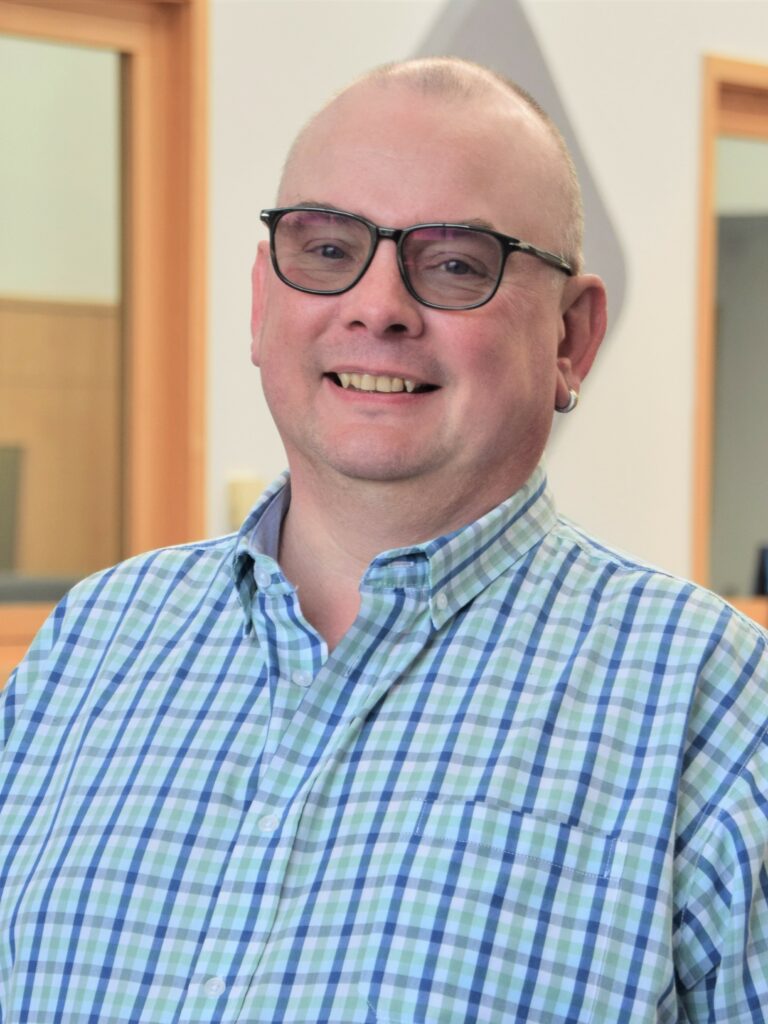
Dave Cable | Associate Director for Infrastructure & Compliance
Dave Cable is responsible for infrastructure and compliance at the Hartree Centre. With over 30 years’ experience managing high performance computing and data systems, he leads the operation, maintenance, and support of Hartree Centre’s large-scale computing platforms. His area includes managing several technical functions including Systems Engineering, Technical Solutions and Operations, and Customer Service.
Dave is also accountable for the operation of the Hartree Centre’s accredited quality (ISO9001) and information security (ISO27001) management systems. He is currently representing the Hartree Centre’s requirements in the construction of the new Supercomputing Centre (SCC) at STFC Daresbury Laboratory, as part of the Hartree National Centre for Digital Innovation.
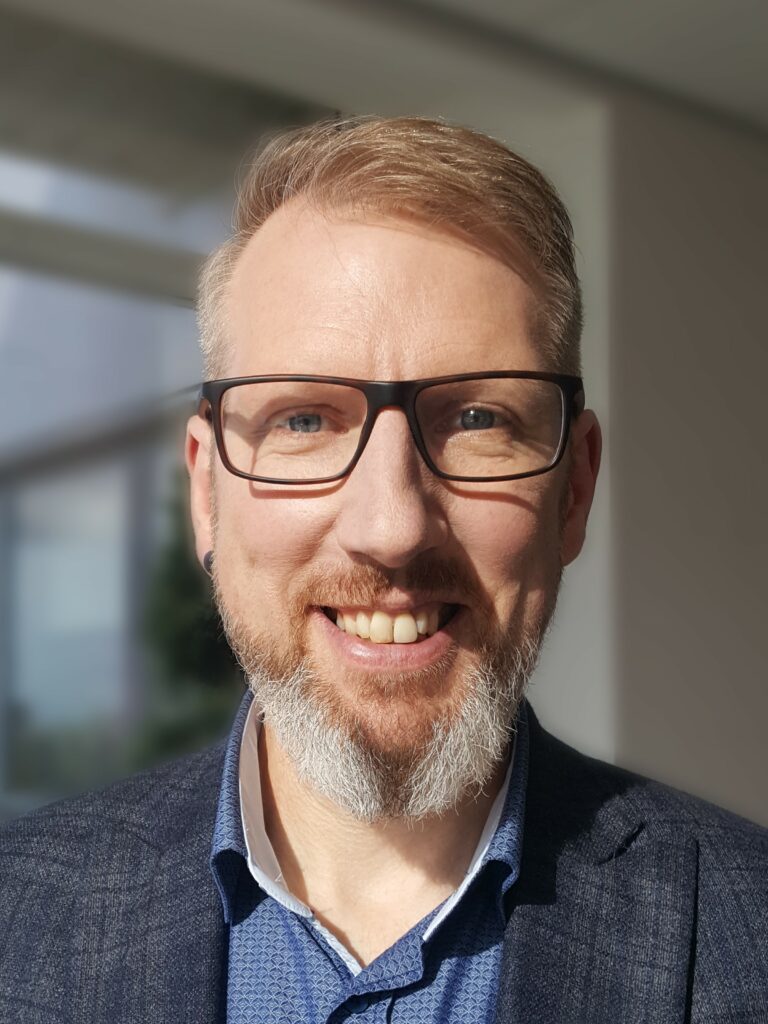 Robin Pinning | Chief Technology Officer
Robin Pinning | Chief Technology Officer
Robin Pinning leads our technology strategy and the technical development of the Hartree Centre. He works on key partnerships, including our long-term collaboration with IBM Research through the Hartree National Centre for Digital Innovation, applying digital research and innovation for wider societal and economic benefit.
Robin has worked in the field of computational science for over 25 years. Initially from a physical chemistry research background in molecular stimulation, through to supporting national High Performance Computing services when the University of Manchester (UoM) had the 4th fastest machine in the top500. Robin has been a software architect in key UK e-Science projects, including leading HPC application support across UoM and being a co-founder and Associate Technical Director of EPSRC’s Tier 2 N8 HPC service. More recently, he has expanded his expertise into data analytics and AI methods.
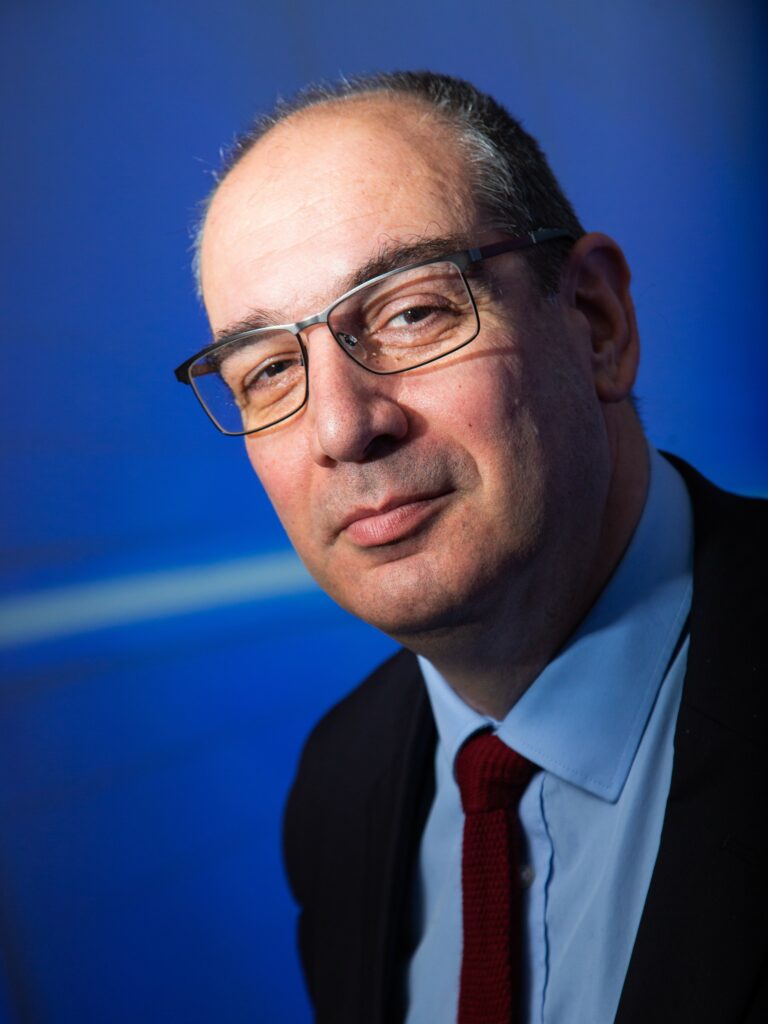 Vassil Alexandrov | Chief Science Officer
Vassil Alexandrov | Chief Science Officer
Vassil Alexandrov joined the Hartree Centre as Chief Science Officer in 2019, bringing with him a wealth of application-focused research expertise. He holds a Masters degree in Applied Mathematics, MSU, and PhD degree in Parallel Computing, Bulgarian Academy of Sciences. His expertise and research are primarily in the area of Computational Science, Parallel and High Performance Computing, Scalable Algorithms, Monte Carlo methods and algorithms and emerging computing paradigms. He has co-authored over 130 publications.
Prior to his time at the Hartree Centre, Vassil held positions as ICREA Research Professor in Computational Science at Barcelona Supercomputing Centre (BSC-CNS) from 2010 – 2019, Distinguished Visiting Professor at Monterrey Institute of Technology and Higher Education (ITESM) from 2015 – 2018, and Professor of Computational Science and ACET Centre Director at the University of Reading from 1999 – 2010.
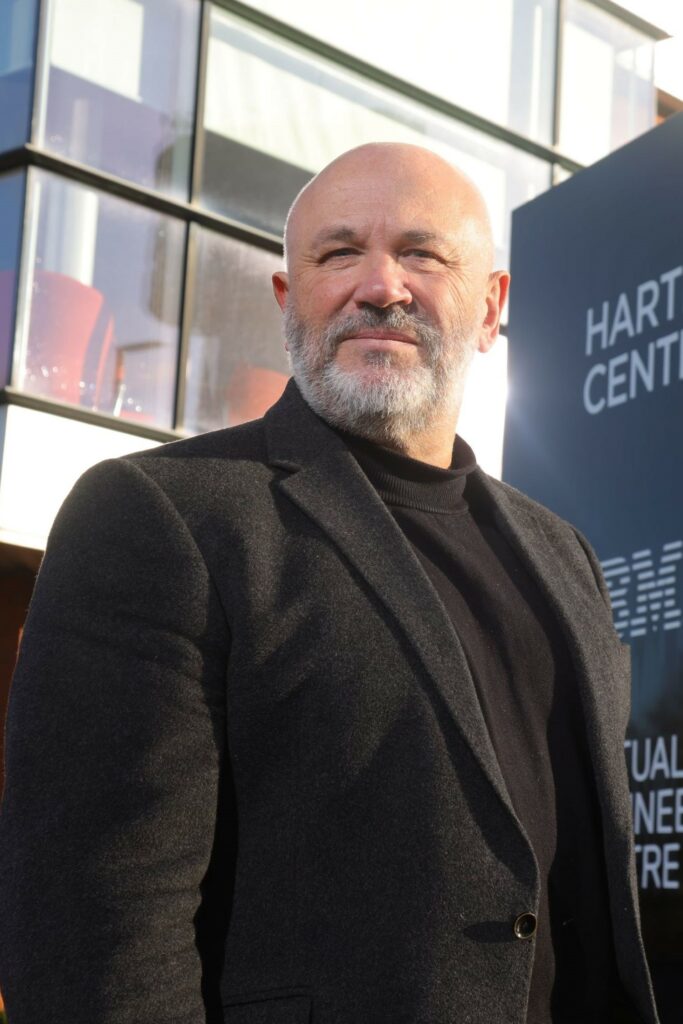 Paul Steward | Head of Business Development
Paul Steward | Head of Business Development
Paul leads the Business Development team at the Hartree Centre in building relationships to understand and identify the needs of UK industry and enable organisations to benefit from our digital technologies and expertise. He aims to maximise the value companies gain from working with the Hartree Centre by ensuring they can access digital innovation support in a user-friendly, sustainable and impactful way.
He brings over 30 years commercial sales experience working across sectors – from SMEs, major manufacturers and industrialists to Tier 1 suppliers, software vendors, consultancies and of course academia.
Prior to joining the Hartree Centre, Paul worked for an international engineering analysis and simulation association. His highlights included increasing the member community from 500 members to over 2,000, introducing digital assets and services to member clients with his team, working with internationally accepted procedures, delivering recognised standards and raising confidence in modelling simulation results.
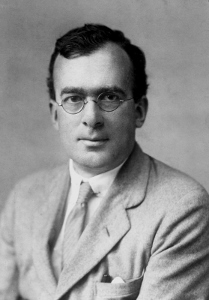
The Hartree Centre is named after Douglas Rayner Hartree, a mathematician, physicist and champion of early electronic computer development.
The Hartree Centre takes its name from Douglas Rayner Hartree (1897-1958), a mathematician and physicist most famous for his contributions to the development of numerical analysis and equations such as the Appleton-Hartree equation for the refractive index and the Hartree–Fock method of atomic physics. Also named after him, the hartree or Hartree is an atomic unit of energy usually used in atomic physics and computational chemistry.
Hartree was also integral to the construction of the Meccano differential analyser. His life and career saw computing problems develop from numerical calculations on paper right through to the first electronic computers, and was influential in supporting the application of early computing machines to real scientific problems. It is this passion for the practical application of pioneering computing technology that makes him an ideal representative of what we do at the Hartree Centre.
The early years
Douglas Rayner Hartree was born into an academically inclined family in Cambridge, England, on 27 March 1897. His father, William Hartree, was a lecturer in engineering at the University of Cambridge and became part of the Anti-Aircraft Experimental Section of the Ministry of Munitions during World War I, assisting in the development of better defences against air raids. He was responsible for developing an improvised height-finder that was used extensively by troops to measure the altitude of aircraft until proper optical height-finders were produced, and it is this achievement that is believed to have resulted in his being awarded an OBE.
Douglas’ mother, Eva Hartree (née Rayner), had a score of her own achievements, serving on the Borough Council for 20 years to become the first female Mayor of Cambridge, and was the Honorary Secretary of the British Red Cross Society for the Borough. She had a passion for working with refugees and championed women’s equality as Secretary of the Farnham Suffrage Society, eventually going on to become President of the British National Council of Women, an organisation which fights to give women rights and a voice in both national and international affairs.
It was perhaps his mother’s involvement in the Suffrage movement which lead to Douglas Rayner Hartree being educated at Bedales School in Hampshire, the first non-Quaker co-educational (mixed gender) public boarding school in England. Douglas joined the school aged 13 in 1910, and went on to attend St John’s College at the University of Cambridge. He obtained first class honours in end-of-year examinations in 1916, but left his studies to join his father in the war effort. Douglas was a Lieutenant in the Royal Naval Volunteer Reserve and carried out computation and mathematical ballistics research alongside William Hartree.
He subsequently published his first article for scientific journal Nature on ballistics calculations describing the motion of a shell after leaving a gun.
Theoretical science
Douglas Hartree returned to his studies at the University of Cambridge in 1919, obtaining a Second Class Honours in Natural Sciences in 1922. That autumn, he joined the PhD program in physics under Ernest Rutherford.
Hartree quickly realised his aptitude and interests were better suited to theoretical study rather than experimental physics. Influenced by the work of Niels Bohr, he began to look for problems in quantum theory and was mentored by Ralph H. Fowler , who he had met during his wartime research.
The birth of computing
Douglas Hartree was extremely influential in the development of early electronic computers, sometimes known as large-scale calculating machines. He visited the USA several times to investigate development of ENIAC and report his findings back to the scientific community in the UK. So reputed was his expertise, that his influence is noted on all three electronic computer development projects taking place in the UK during the 1940s-50s. During that time, Hartree promoted and supported early electronic computer development projects as part of various advisory committees and executive groups. In particular, he championed the application of this new technology to real scientific problems and advocated in favour of the grant which allowed Max Newman to instigate the development of computers in Manchester.
Scientific successes at a glance
| 1927 | Developed the Hartree-Fock method, also known as the self-consistent field method, which uses the Hartree equation asan approximation of the Schrödinger equation |
| 1929 | Appointed Beyer Professor of Applied Mathematics at the University of Manchester |
| 1930 | Presented work which would become the magneto-ionic theory and Appleton-Hartree equation for the refractive index |
| 1932 | Awarded Fellowship of the Royal Society |
| 1934 | Built the Hartree and Porter Meccano differential analyser |
| 1937 | Appointed Chairman of Theoretical Physics at the University of Manchester |
| 1945 | Visited the USA to advise UK on development of large-scale calculating machines (early electronic computers) |
| 1946 | Appointed Plummer Professor of Mathematical Physics at the University of Cambridge |
| 1947 | Influenced the development of LEO, the first computer used for commercial business application |
Values and interests
Outside of his professional life, Douglas Hartree was passionate about music, having an extensive knowledge of orchestral and chamber music. He played piano and was conductor of an amateur orchestra. This passion for music was perhaps what brought him together with his wife, Elaine Charlton, who was also a former Bedales student and an accomplished pianist. Their marriage resulted in two sons, Oliver and John Richard, and one daughter, Margaret.
The Hartree legacy
Douglas Hartree’s daughter, Margaret Hartree-Booth, visited the Hartree Centre on 25 April 2013. Just after his death in 1958, she shared her personal memories of her father in a document created for St John’s College at Cambridge University, which he attended until the First World War interrupted his studies. You can read it here.
At the Hartree Centre, we strive to create a legacy that Douglas Hartree and his family would be proud of. We believe in a transformative future for mathematics and computing and aim to deliver it with values of transparency, sustainability and equality at the heart of everything we do. Read more about our mission and vision here.
References:
Douglas Rayner Hartree: His Life in Science and Computing by Charlotte Froese Fischer.
The Hartree Centre is certified to ISO 9001:2015 and ISO 27001:2013 for quality and information security management, highlighting our commitment to professional delivery as a trusted partner for projects with businesses and organisations of any size.
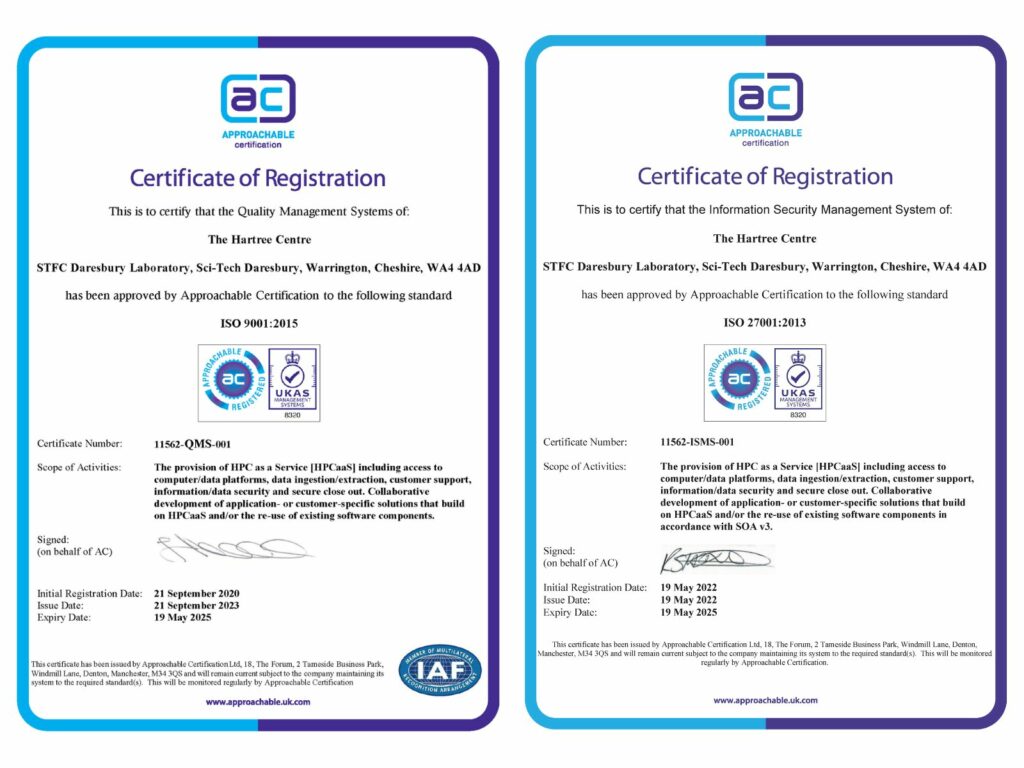
xxxxxxx
